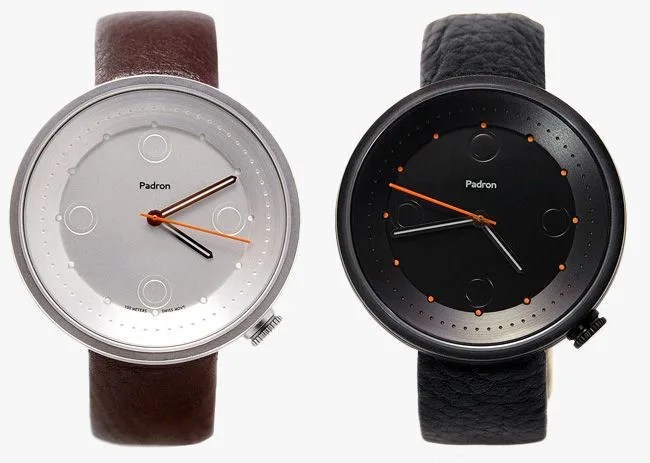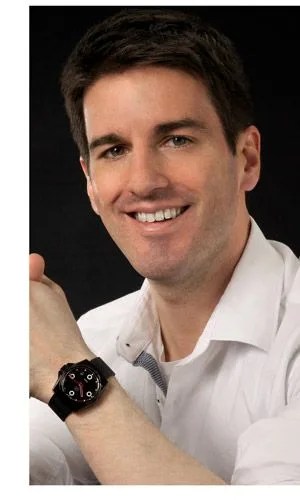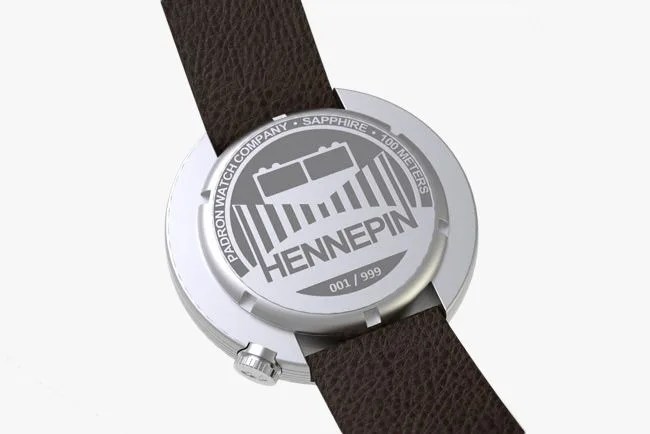Minneapolis isn’t exactly America’s hub of fine watchmaking (although neighboring St. Paul did once boast the country’s oldest watchmaking school). But that’s where Leo Padron was when he decided there was a gap that needed filling in the genre of affordable mechanical wristwatches.
MORE WATCHMAKER PROFILES: Robert Loomes, Bringing Watchmaking Back to the British Isles | A History of Breitling’s Pilot Watches | Video: The Timekeeper
When he was six, Padron rewired the doorbell in his parents’ home in New Jersey. His parents always tell that story, much to his chagrin. “I guess it was a big deal”, he says. He was born in Venezuela and emigrated to the New Jersey with his family when he was a toddler. Encouraged by his father, who taught him to tinker with things from a young age, he grew up with an intense curiosity. Along the way, Padron developed a mechanical aptitude and a penchant for self-teaching. By his teens he was an experienced bicycle mechanic and robotics designer; as a young man he taught himself web design, then spent several years in the professional world coding, ending up in Minneapolis after a stop at IMG in New York City. But the whole time he was pursuing a career, he was tinkering and fixing things, just like his dad taught him. So upon inheriting his grandfather’s non-running mechanical watch, Leo decided that he could fix that too.
Padron failed miserably in his first attempt, so he went looking for someone to help him repair it — only to be told over and over that “no one repairs those things anymore.” Or, “Yeah, the guy that we had fixing those retired.”
Unfortunately, he embarked on these efforts just as the St. Paul Technical College was shuttering its historic watchmaking school. Otherwise he’d have ended up there. Instead, he snatched up some tooling and a small stock of movements, and made his own curriculum through the University of the Internet. He read everything he could find online; he dug up old reference materials and found the Chicago School of Watchmaking’s textbook. He joined the National Association of Watch and Clock Collectors; Watchuseek and other online forums became his horological community. He put his newfound knowledge to work and finally fixed his grandfather’s watch, and continued on to repairing other vintage pieces.

This passion for watches built over the following years until Padron decided to try a hand at building his own. Three successful Kickstarter campaigns later (his first watch, the Vuelta, was only the second watch project ever funded on Kickstarter), Padron’s watch company, Padron Watch Co., is thriving, debt free. His watches, the Vuelta, the Tessera, and the new Hennepin, funded on Kickstarter at 490%, 222%, and 422%, respectively.


